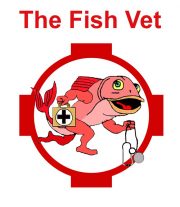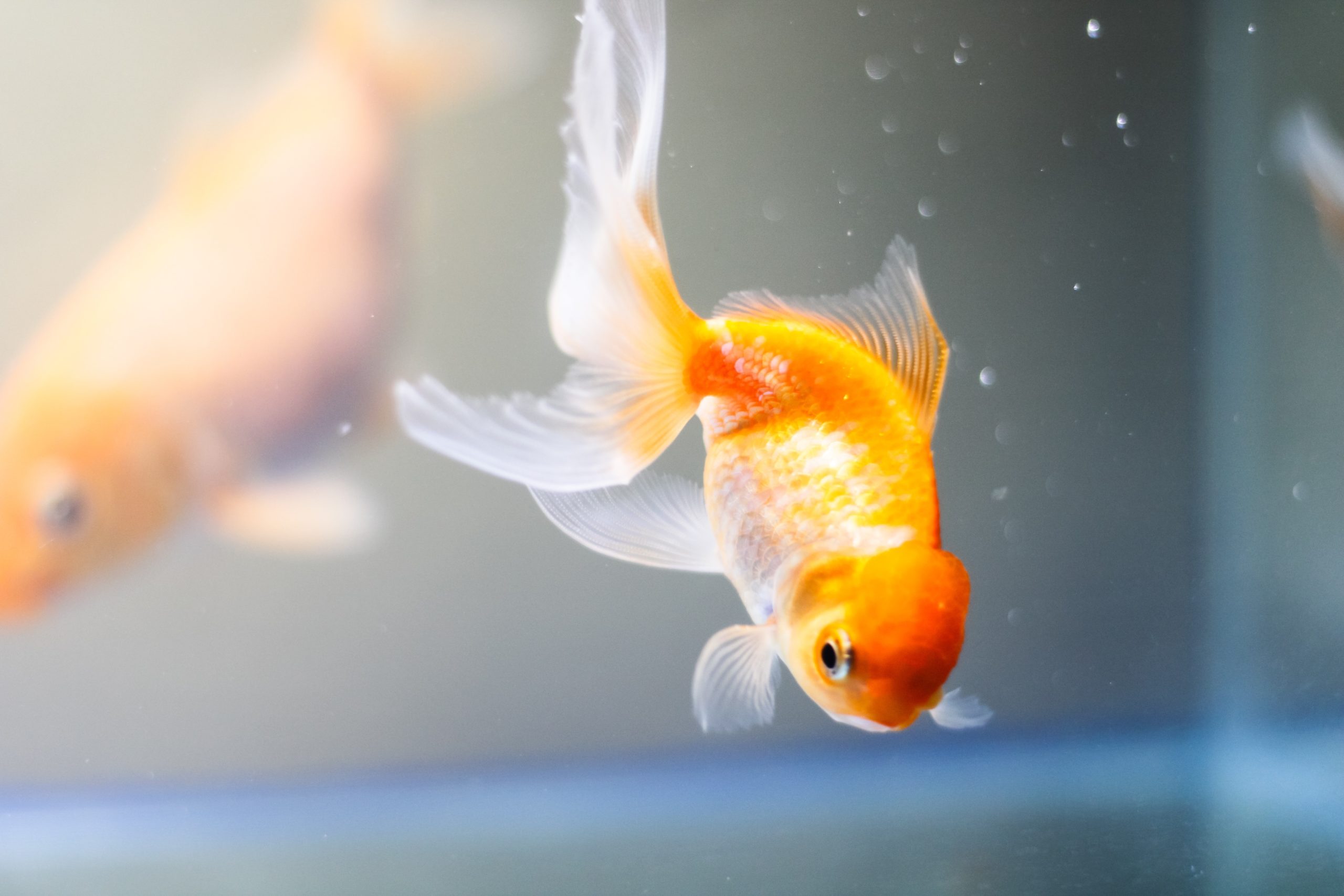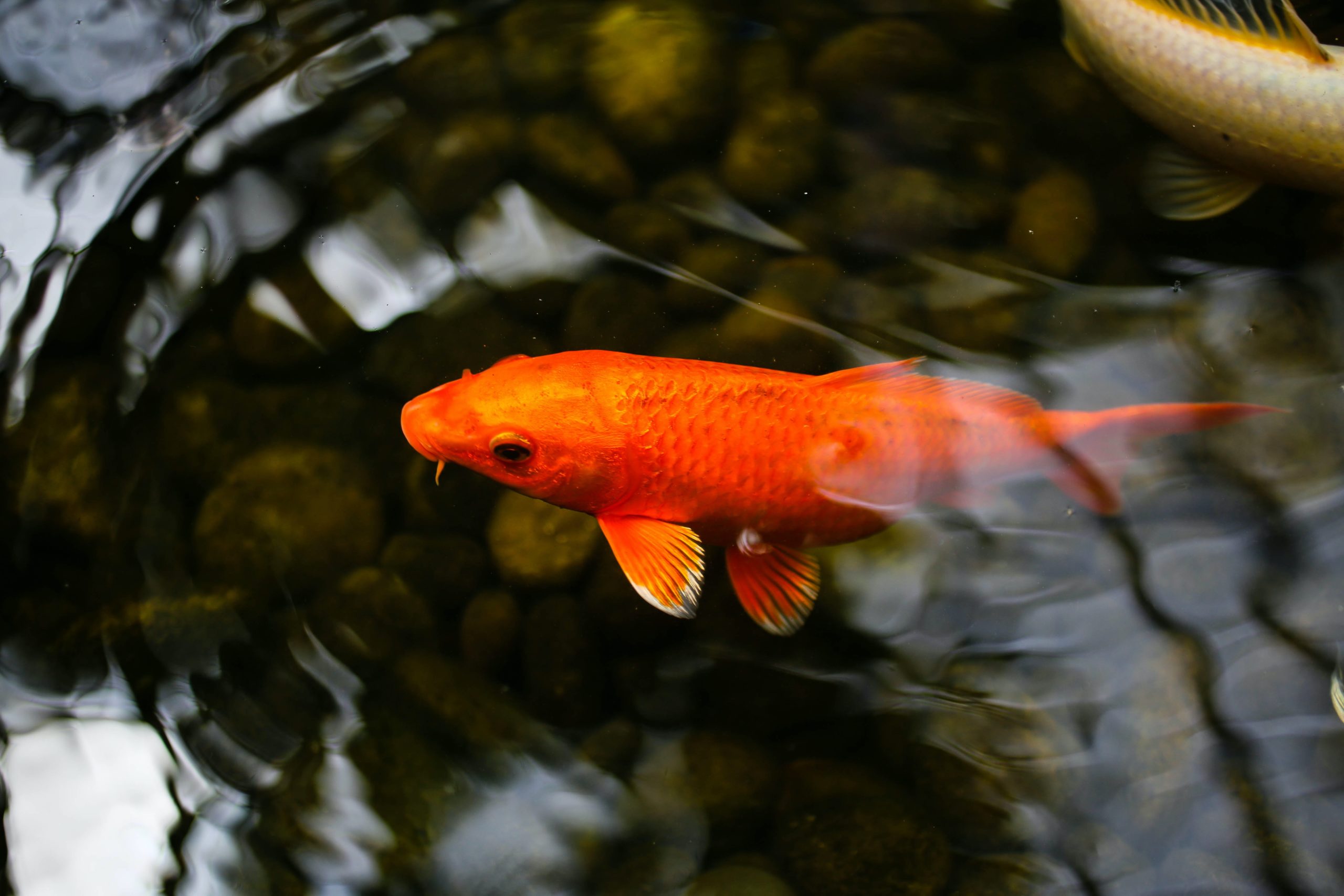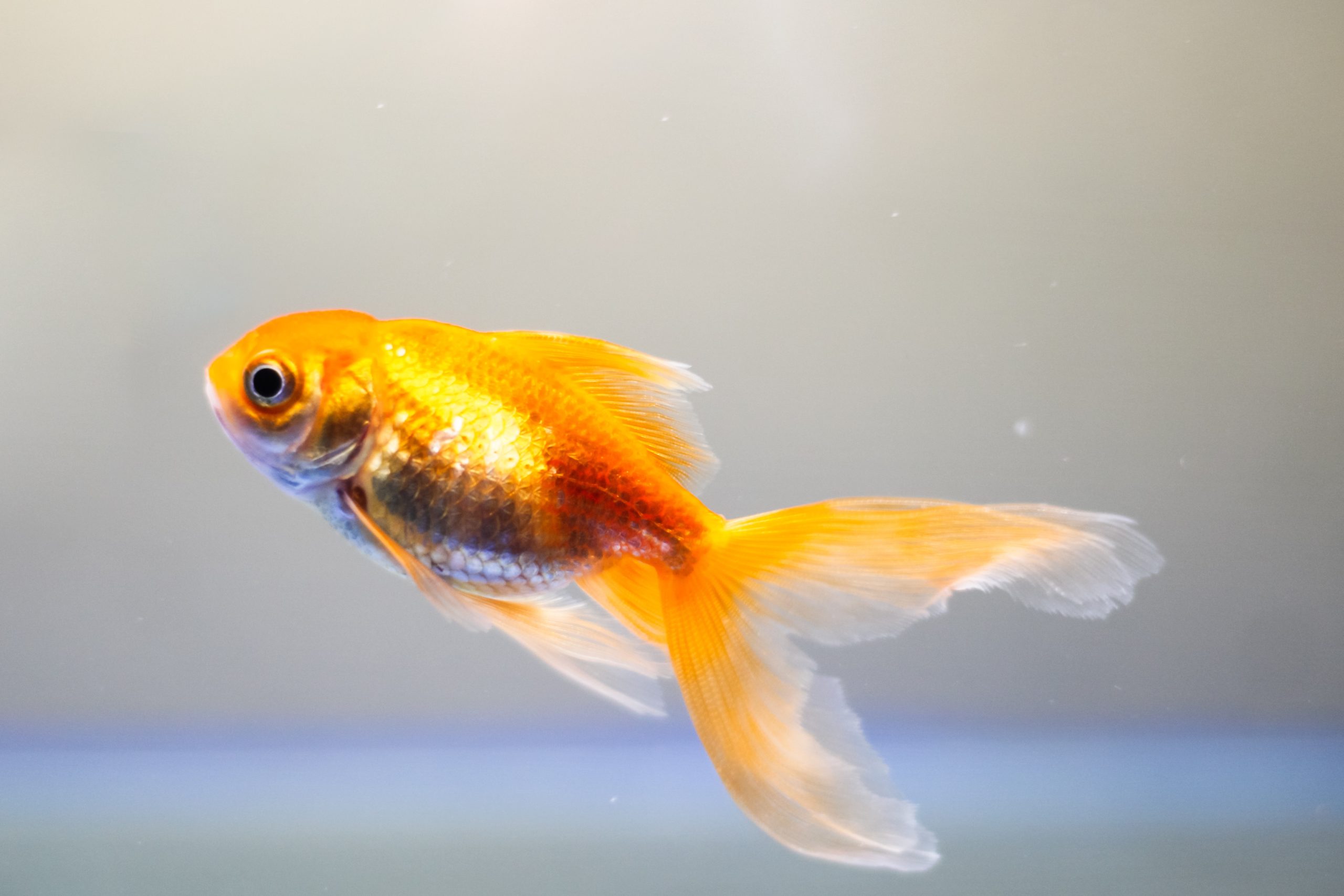Discus (Symphysodon discus) are majestically graceful fish whose popularity has almost overshadowed that of the angelfish (Pterophyllum scalare). If kept well, they can grow to be as large as a dinner plate! Numerous varieties have emerged from the principally wild brown colouration to magnificent blues and reds.
Choosing a healthy Discus
- Body colouration should be clear and bright, fins held erect, fish should be alert and swims without undue effort.
- Do not choose a fish that sinks or bobs to the surface, have lumps, bumps, or wounds or clamped fins.
- Fish should not have a trail of excreta and they should not be ‘sulking’ in the corner.
- Do not buy fish from aquariums that contain dead, dying or diseased fish.
- Do not buy fish from tanks that have an unusual colouration as it is highly likely that the fish are being dosed with some drugs.
- If you have any concerns, get a vet check.
Caring for your Discus
Discus have been labelled as fussy fish and not recommended for amateurs because water conditions must be kept at the optimum. However, this is not so much of a problem with many parts of Victoria and Tasmania where the water from the tap is naturally soft. They prefer high water temperatures 27.8-28.9u00b0C, a pH of between 6.0-6.5 and a general hardness of around 100ppm.
Tests should be performed on your tap water to check its suitability for your fish. If there are deficiencies, water conditioners are available. An efficient filtration of a suitable size is needed to maintain water quality and for aeration. Daily 10% partial water changes are recommended in conjunction with a gravel clean. The filters should be rinsed lightly in a bucket of aquarium water before it gets clogged up or every two weeks (whichever occurs first).
Reproduction
This care sheet will not delve into great detail regarding breeding as this is best done by consulting with a breeder.
It is almost impossible to determine the sex of fish externally. Some texts mention that females may have thicker breeding tubes, but according to an expert breeder, even the discus fish themselves get it wrong! He was concerned because two fish had been paired up and they laid eggs that never hatched. It was only when the breeder observed each fish depositing their own batches of eggs on a slate that he realised both fish were female.
Optimal water conditions are required and fish must be paired off (naturally) and in good nutritional body condition. The female deposits her eggs onto a slate and the male fertilises them with his milt. Both parents sweep clean oxygenated water over the eggs, and may pick out diseased or unfertilised eggs. After a period of incubation the fry hatch and just before completely resorbing their tiny yolk sacs, they cling onto their parentsu2019 flanks to begin grazing on the special fry food produced by special mucous glands in response to hormonal triggers.
Discus dietary requirements
Discus feed at all levels of the aquarium and will accept most foods, but their colours are more brilliant when fed live foods, however, some live foods may be a potential source of parasites. Small floating pellets are best in terms of keeping that tank clean as excess food can be easily removed and reduces the likelihood of them picking up excessive loads of parasites from the floor.
The smaller size pellets also ensures that all fish get their share. It is important not to overfeed as it could cause indigestion and/or contaminate the tank. When in doubt, feed less but more frequently. However, in the instance where there is a serious case of dominance, food should be better dispersed. An important note is that mammalian fats (e.g. from beef heart, meat, offal) are poorly digested in fish. All fat must be trimmed off and this food should only be used sparingly.
Compatibility
Discus can be kept with various South American tetras with the most common being the iridescent neon tetras or cardinal tetras. Basically, any peaceful small fish that enjoys the same water conditions as your prized discus fish. Bronze catfish are often kept to act as natural vacuum cleaners.
Vet Check
Water testing should be conducted every 1-2 weeks and when performing a water change. It is recommended that a faecal examination be conducted once a month to ensure that your discus has not picked up any pathogens (particularly important if feeding live food, or there have been regular new introductions of fish or plants into your aquarium). This can be introduced to the tank with new fish, live food, plants or other aquarium furnishings and equipment shared between tanks. Even if fish are not exposed to these, they may carry parasites within themselves that could build up over time in the aquarium. One particular disease to watch for is ‘Hole In The Head’ disease.
If you are unsure of a problem that exists in your fish or your tank, do not hesitate to contact your local veterinarian with fish expertise (www.acvs.org.au) or a veterinary diagnostic laboratory.





